During AMD’s press conference at Computex 2016 in Taipai, the company unveiled their first GPU to utilize the company’s all new Polaris graphics architecture. Dubbed the RX 480, the new card is targeted at the mainstream graphics segment and priced at just $199.
AMD Announces RX 480 VR Ready Graphics Card
With the new Radeon RX 480, AMD aims to bring VR gaming to the masses with an under $200 price point. The company even demoed the two of the new GPUs running in CrossFireX playing Stardock’s Ashes of Singularity, in DX12. The cards were compared against NVIDIA’s recently released flagship GTX 1080, and managed to deliver better performance — although, it did seem like the GTX 1080 demo was running at higher graphical settings — while utilizing only 51% of both GPUs.
UPDATE: 6/1/2016 – 1:34 AM
AMD has confirmed with us that the game is indeed running at the same visual settings in the demo. The variations in visuals seem to be due to the procedural-generated nature of Ashes of the Singularity.
Radeon RX 480 Specifications
The company also detailed the specifications which include 32 Compute Units, 4 or 8GB of GDDR5, 256 GB/s of memory bandwidth, and over 5 TFLOPs of performance, with a TDP of just 150w. The card also supports DisplayPort 1.3 and 1.4 for HDR as well as AMD’s FreeSync variable refresh rate technology.
The Radeon RX 480 will be launched on June 29th.

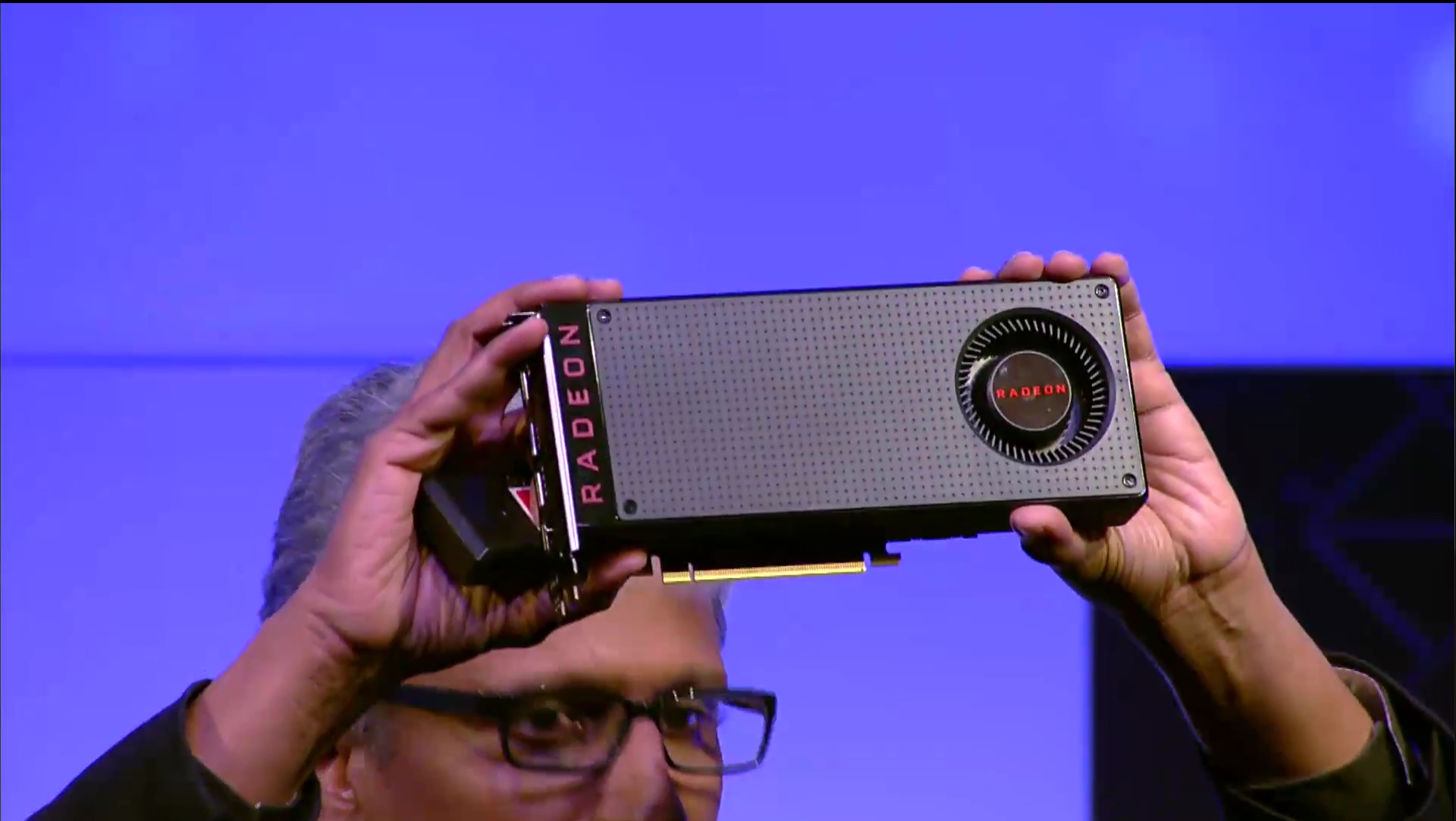
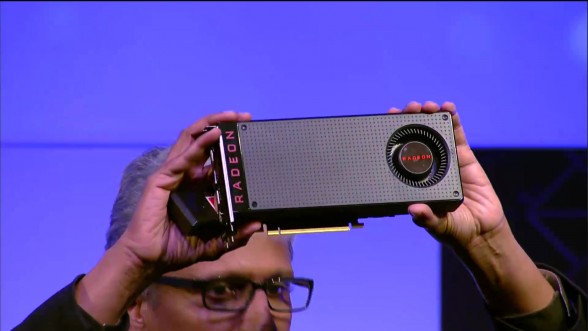
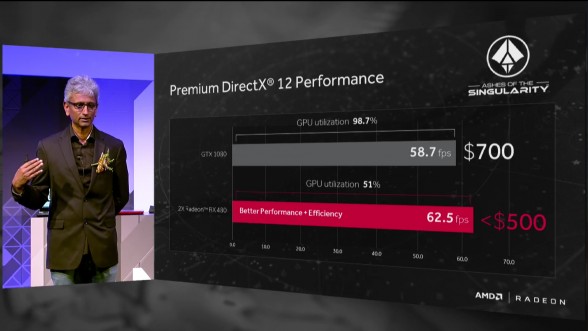
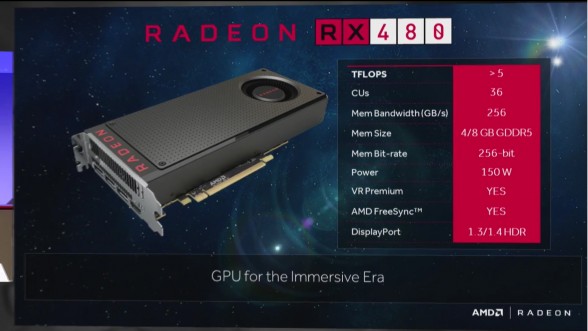
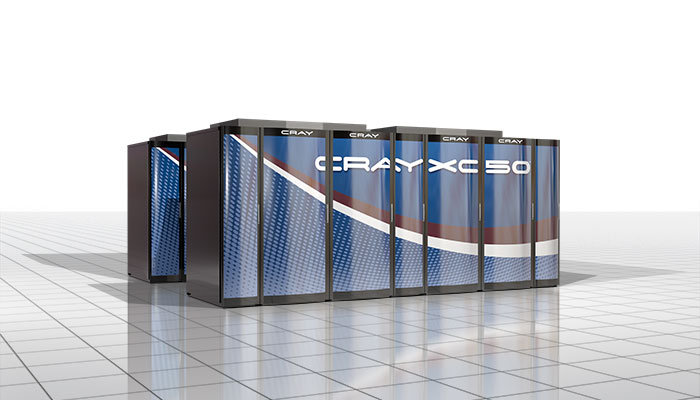
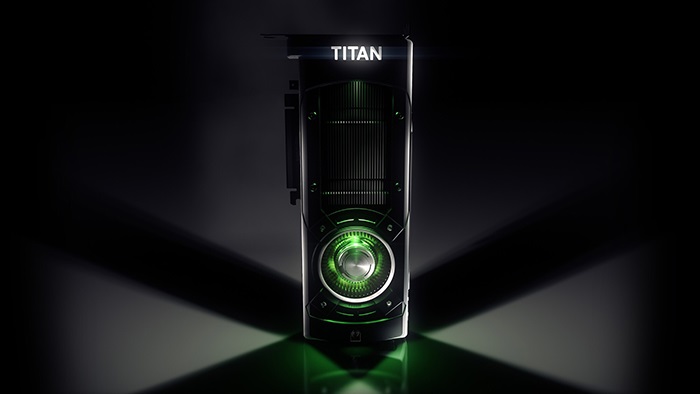
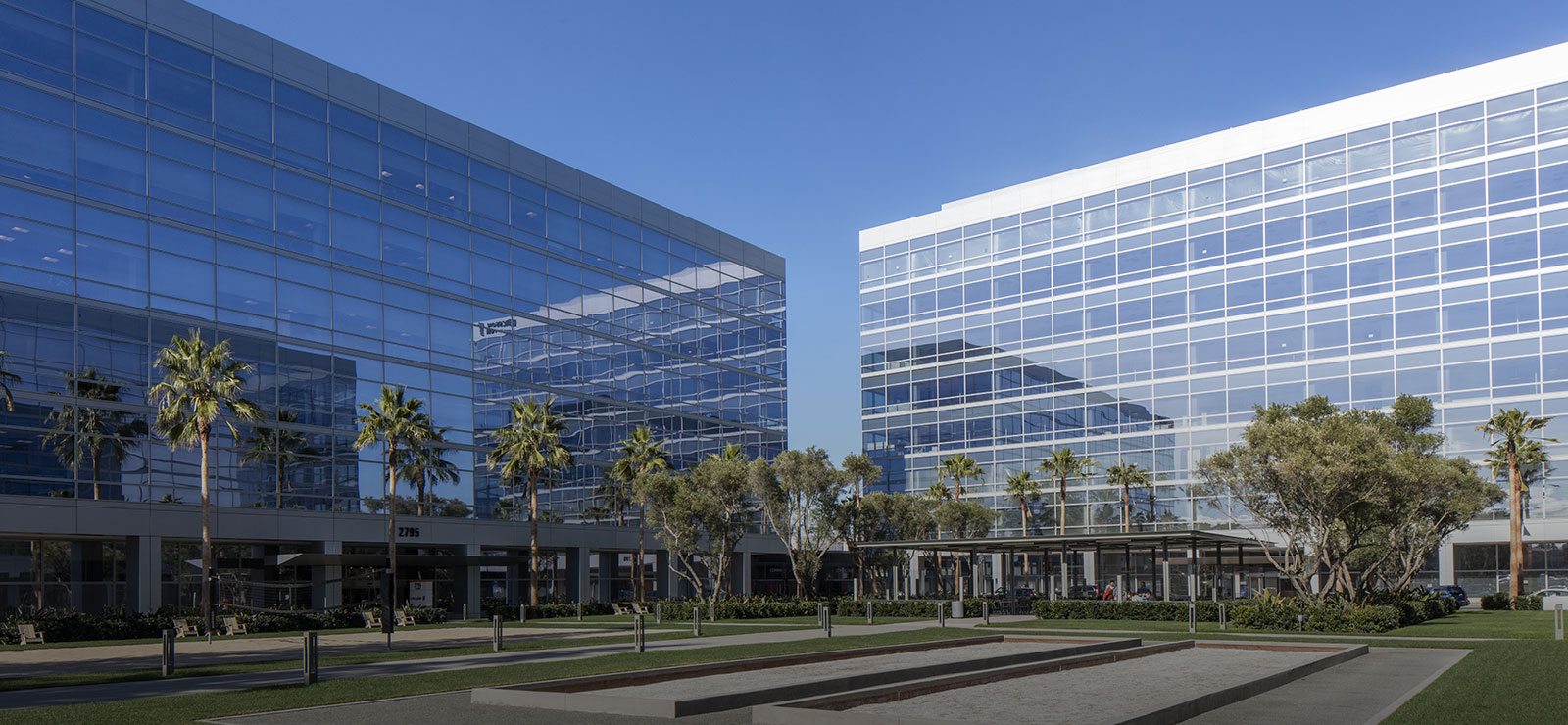
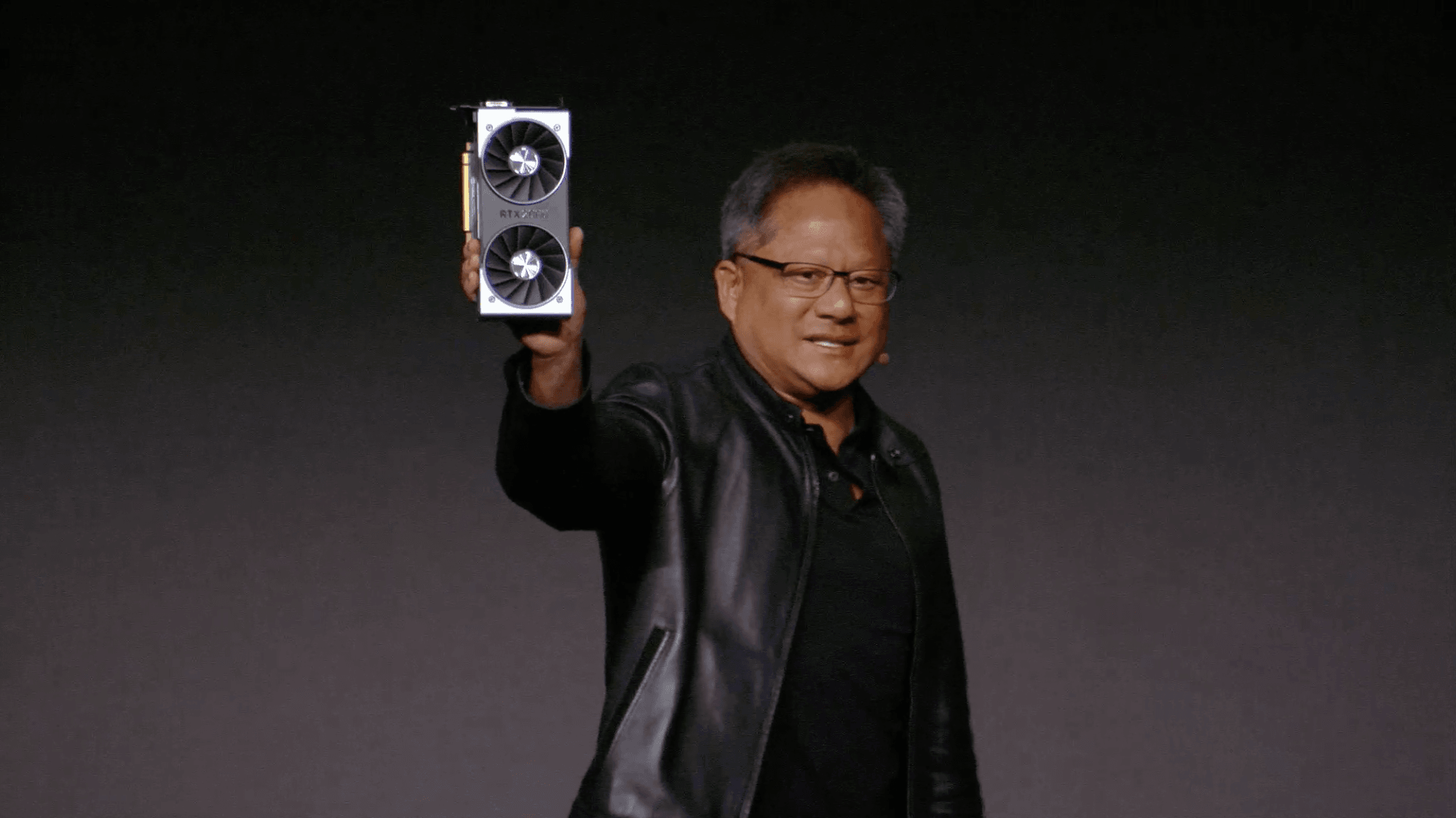
Most aggressive pricing I have ever seen.
It’s funny they picked the ONE game that runs better on AMD than Nvidia. Look at the reviews of the 1080 and you’ll see even current gen AMD cards give the 1080 a run for it’s money on JUST THAT ONE GAME.
Glad I have no interest in that game.
I thought it was a smart move… Savvy PC users know a few things. I for one appreciated the focus on DX12. I’ve been waiting eagerly for Pascal’s x60’s offering for more than a year, I’m not anymore considering they’re doing preempt in software/driver, no hardware async and need 6+ cores to beat previous generation cards with an overpowered DX11 friendly only part.
Had a custom built PC for 20 years now, always upgraded each part seperately. Back then I used to upgrade CPU and GPU every 2 years for a fourfold increase in perf at the same price point, then it went to 3 years, then 4 years and this time, it has been EIGHT years. I never had any preference for any manufacturer, I still don’t, whatever works best and is the most futureproof at the price point gets my money, simple as that. I’ve had Intel and AMD CPUs, 3Dfx, Nvidia, PowerVR, ATI and AMD GPUs ( and not necessarily in this order ). They were all good investments at the time.
I can’t see myself investing in a non fully DX12 compliant part. Considering that the next time a fourfold increase comes around it’ll be in what, 8, 10, perhaps 12 years baring a groundbreaking revolutionary discovery?
DX11 will be irrelevant in a few years, all consoles are already running DX12-like code, async is getting used more and more according to insider sources. I have to plan almost a decade in advance, in this regard, buying a 1060, or even a 1070 or 1080 would be pointless. And that’s not even taking into account that devs will be used to code for proper DX12 async, so even when they’ll do PC exclusives, it’ll be a habit.
Iows, DX11 is already irrelevant, the upgrade cycles have become way too long for this to not be painfully obvious. Nvidia shot hitself in the foot, big time, and the savvy users are seeing it, Anandtech was the first to point it out, then others tested the more than 4 cores theory and it turned out correct. And its not a driver overhead issue, it has been tested for, Nvidia’s driver overhead is actually better, but software preempt, async “emulation”, is what kills it in DX12 for future proofing.
It probably comes down to something about changing their architecture too much to be on time, or perhaps changing it to be fully DX12 compliant would’ve hurt the clock rate scaling and the perf they could’ve squeezed in this gen in DX11, aka most actual games, out of the die shrink. No matter, for my needs, it was the worst thing they could do.
People act like its not a big deal, it IS a big deal for people who don’t upgrade often, wants future proofing + perf/price ratio.
I wished I could go for a Nvidia part this round, but seems like I’ll stick with team red despite wanting to get back to up to date third party programs like inspector, RadeonPro software is kind of a joke, forcing AA or AO or whatever on AMD hardware right now is a PITA. But sadly, Nvidia fucked up and is really giving me no choice.
The only hope for Nvidia right now if they want savvy PC users money who look to the long term and are set to upgrade this year, is if they actually release a fully DX12 compliant, at least midrange part, that can match the Polaris 10 in perf, at the same price, and perhaps less power usage.
As for me, my wait is over, P10 provides the four fold increase, the power usage is lower than my current GPU, its fully DX12 compliant and the price is right, heck, even lower than my last buy which was more around 275-300$.
All in all, considering all this, it was a very smart move on their part to put the focus on DX12 and async.